Polymers could be used to create less expensive gene therapies or vaccines for diseases.
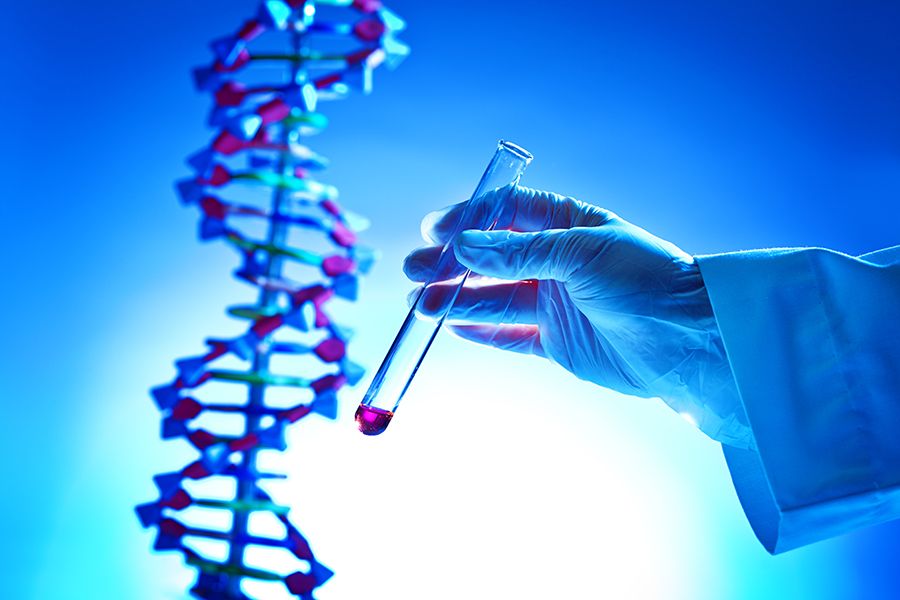

The world is far from perfect, and 2020 did throw the proverbial spanner is the works, but the improvements we have made are not to be ignored!!
We are winning…
I will review the lesser shared news the world is not as bad as you might have been led to believe, even if it is not yet perfect.
I will show the signs and discuss the reasons the world is better than ever before, and why it is better than you thinks…probably.
We will come to see that life is better now than in the past and the world is still improving.
Disagree, feel free to leave your thoughts with relevant data to back up your comments smile

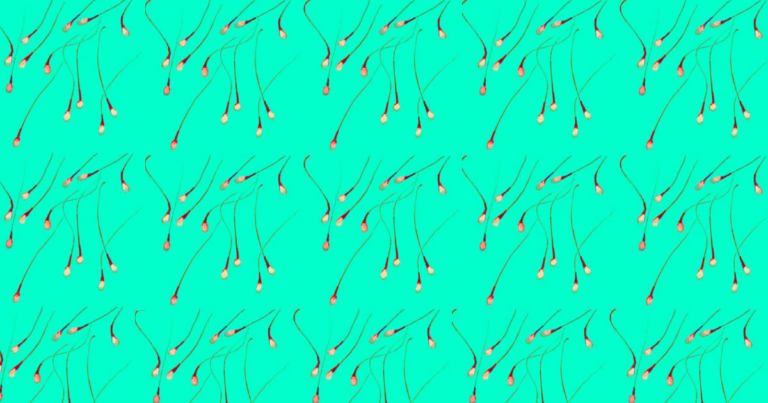
We think our approach — which is backed up by several techniques, including single-cell RNA-sequencing analysis — is a significant step toward bringing SSC therapy into the clinic, Miles Wilkinson, an obstetrics, gynecology, and reproductive sciences researcher at the University of California, San Diego School of Medicine, said in a press release.
SSCs can generate more stem cells and as many as 1, 000 sperm every couple of seconds — but until this new study, published Monday in the journal PNAS, scientists were unable to differentiate and isolate SSCs from other, similar cells in the testicles.
Next, our main goal is to learn how to maintain and expand human SSCs longer so they might be clinically useful, Wilkinson said in the release.
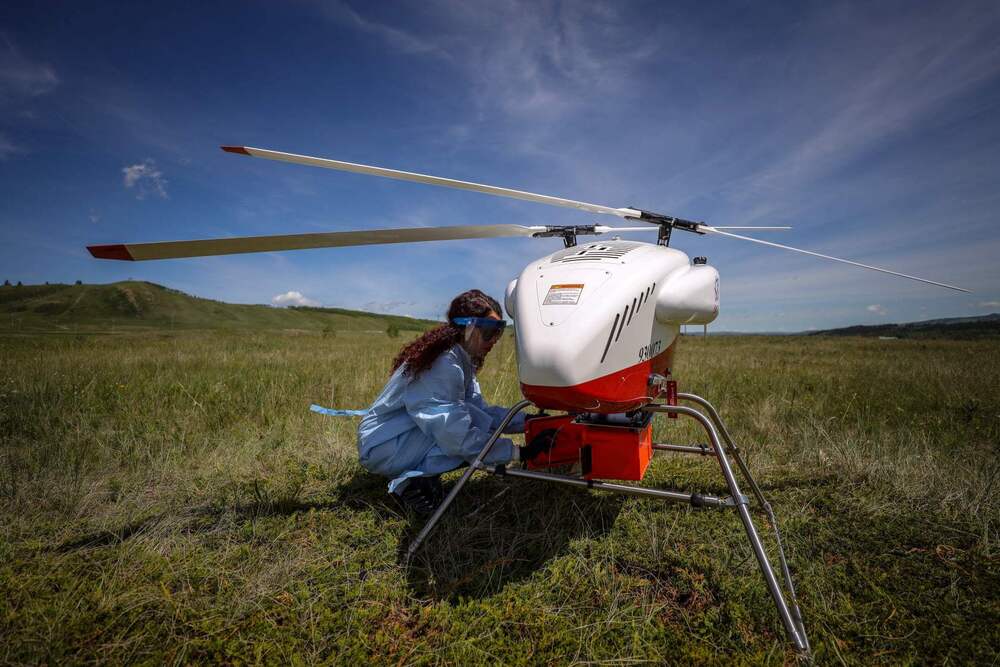
Unmanned Aerial Vehicles (UAV), commonly referred to as drones, may prove to be a valuable tool in the battle against pandemics like COVID-19. Researchers at the University of Calgary, the Southern Alberta Institute of Technology (SAIT), Alberta Health Services (AHS) and Alberta Precision Laboratories (APL) are partnering with the Stoney Nakoda Nations (SNN) to deliver medical equipment and test kits for COVID-19 to remote areas, and to connect these communities to laboratories more quickly using these remotely piloted aircraft.
Access for all
“We know that testing for COVID-19 is one of our most effective tools against its spread. Many remote communities in Canada do not have easy access to testing centres and medical supplies to support rapid testing and containment. Drones can help us respond to that need,” says Dr. John Conly, MD, medical director of the W21C Research and Innovation Centre at the Cumming School of Medicine (CSM) and co-principal investigator on the project.
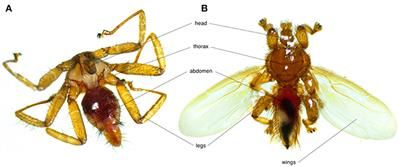
Bats are the second most diverse mammalian group, playing keystone roles in ecosystems but also act as reservoir hosts for numerous pathogens. Due to their colonial habits which implies close contacts between individuals, bats are often parasitized by multiple species of micro-and macroparasites. The particular ecology, behavior, and environment of bat species may shape patterns of intra-and interspecific pathogen transmission, as well as the presence of specific vectorial organisms. This review synthetizes information on a multi-level parasitic system: bats, bat flies and their microparasites. Bat flies (Diptera: Nycteribiidae and Streblidae) are obligate, hematophagous ectoparasites of bats consisting of ~500 described species. Diverse parasitic organisms have been detected in bat flies including bacteria, blood parasites, fungi, and viruses, which suggest their vectorial potential. We discuss the ecological epidemiology of microparasites, their potential physiological effects on both bats and bat flies, and potential research perspectives in the domain of bat pathogens. For simplicity, we use the term microparasite throughout this review, yet it remains unclear whether some bacteria are parasites or symbionts of their bat fly hosts.
Bats are the second most diverse mammalian group after rodents, with ~1390 recognized species across 227 genera (1). Many bat species play keystone roles in ecosystems, where they are essential to pollination, seed dispersal, and pest control (2). Several studies have also highlighted their prominent role as pathogen-reservoirs (3, 4); viruses being the best studied due to their potential as human pathogens (3, 5 – 8). Bats host more viruses per species than rodents, making them an interesting system for both disease ecology and public health research (4, 9).
Bacteria (such as Bartonella spp. and Borrelia spp.) and protozoans (such as Trypanosoma spp. and Plasmodium spp.) have also been detected in bats (8, 10, 11). In recent years, bat-associated Bartonella genotypes have been found in humans, indicating the public health importance of this parasite in bats (12 – 14). Bartonella and other pathogen transmission from bats to humans may occur through religious activities in caves, bat consumption or contact with contaminated products (12, 15). There are documented cases of bat-specific ectoparasites biting humans (16, 17), increasing the potential of bat-born pathogen transmission. Additionally, bat-associated pathogen, such as Trypanosoma cruzi genotype has also been found in humans (18).
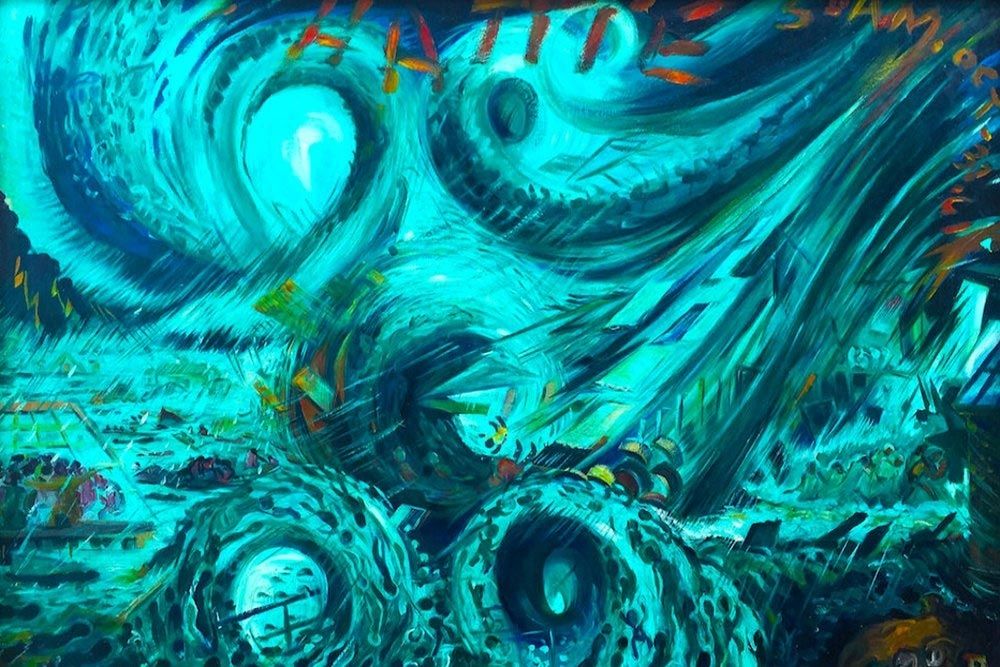
MIT anthropologist Amy Moran-Thomas reflects on the deep connection between planetary and human well-being.
When anthropologist Amy Moran-Thomas first went to Belize to begin ethnographic research in 2008, she planned to chronicle human health concerns, focusing on diabetes. Then she learned that local diets contributing to such chronic conditions were changing, in part due to losses in ocean food webs, and kept hearing stories about how local plants were in trouble.
“Listening and trying to learn from what people were saying, over the years I came to see human health and planetary health as deeply interconnected,” says Moran-Thomas, the Morrison Hayes Career Development Associate Professor of Anthropology at MIT. “When I think of health now, I think of disarray in bigger ecosystems and infrastructures that’s also landing in human bodies.”
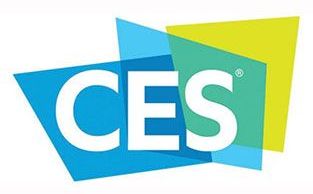
The next big event on the tech show calendar is almost upon us. The CES 2021 kicks off on Monday, 11th January and runs for four days. Last year it was held just ahead of the Covid-19 pandemic wave, so ended up being one of the last physical exhibitions covered by the tech press. This year it will be somewhat reduced and virtual only. However the organisers, the Consumer Technology Association (CTA), have already been booking venues for 2022 having faith in the various vaccines being able to provide enough personal safety for a hybrid event.
In 2020 the CES show attracted 171268 attendees, including 6517 members of the media, to promotional venues stuffed by 4400 exhibitors. In 2021 expect these numbers to be scaled down. We do have important keynotes and presentations from the likes of AMD, Nvidia, and Samsung to look forward to but the online-only event will feature a relatively small 1000 exhibitors. Being online will open up ‘attendance’ more widely though, with almost the same number of fold expected to take part in the show this year as last (estimated to be 150000 visitors in 2021).

Before the century is out, advances in nanotechnology, nanomedicine, AI, and computation will result in the development of a “Human Brain/Cloud Interface” (B/CI), that connects neurons and synapses in the brain to vast cloud-computing networks in real time.
That’s the prediction of a large international team of neurosurgeons, roboticists, and nanotechnologists, writing in the journal Frontiers in Neuroscience.
A Human Brain/Cloud Interface, sometimes dubbed the “internet of thoughts”, theoretically links brains and cloud-based data storage through the intercession of nanobots positioned at strategically useful neuronal junctions.
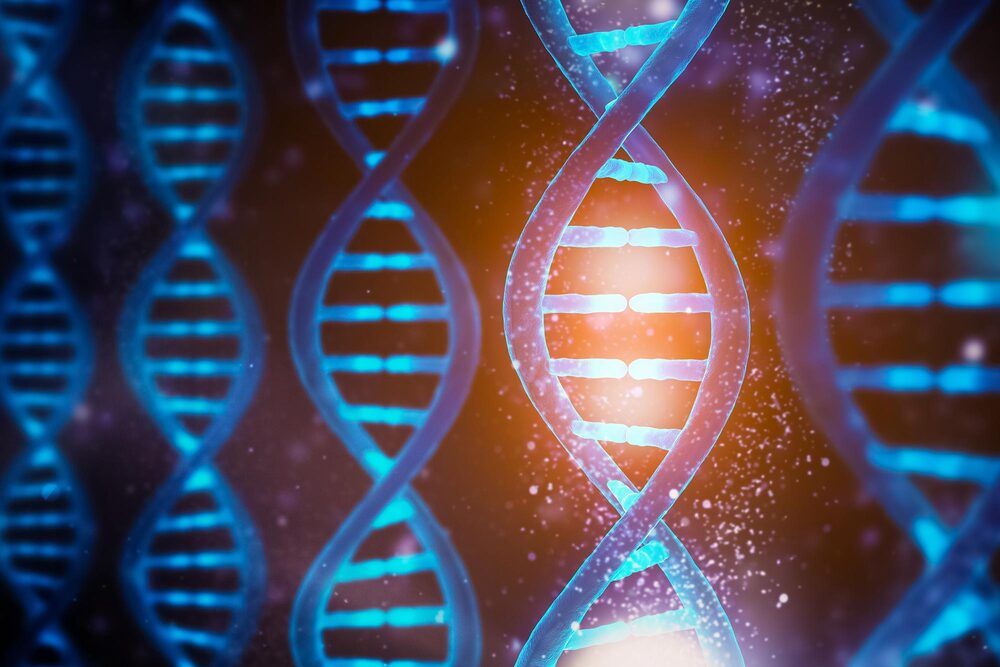
Biochemists use protein engineering to transfer photocaging groups to DNA.
DNA (deoxyribonucleic acid) is the basis of life on earth. The function of DNA is to store all the genetic information, which an organism needs to develop, function and reproduce. It is essentially a biological instruction manual found in every cell.
Biochemists at the University of Münster have now developed a strategy for controlling the biological functions of DNA with the aid of light. This enables researchers to better understand and control the different processes which take place in the cell – for example epigenetics, the key chemical change and regulatory lever in DNA.